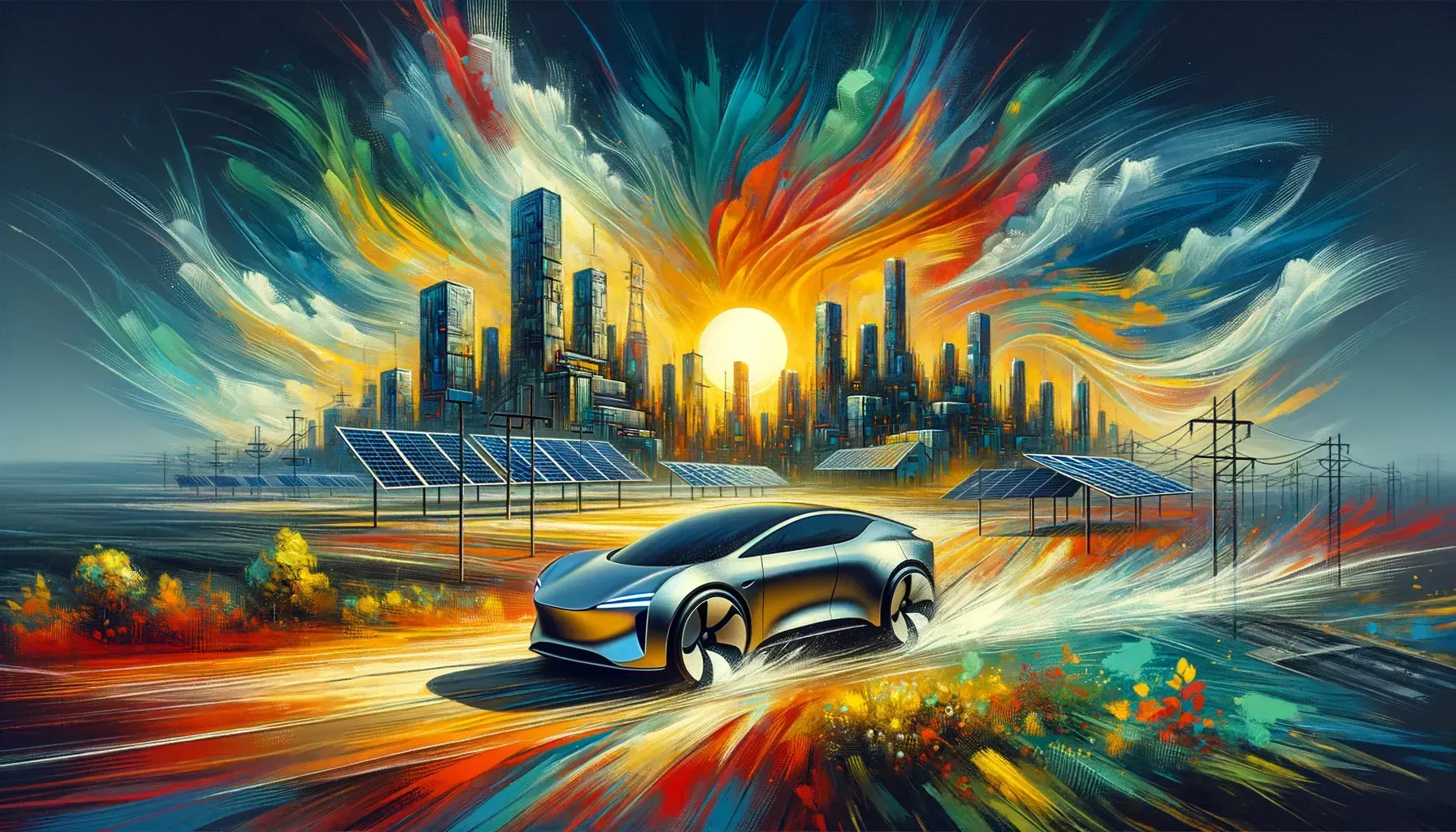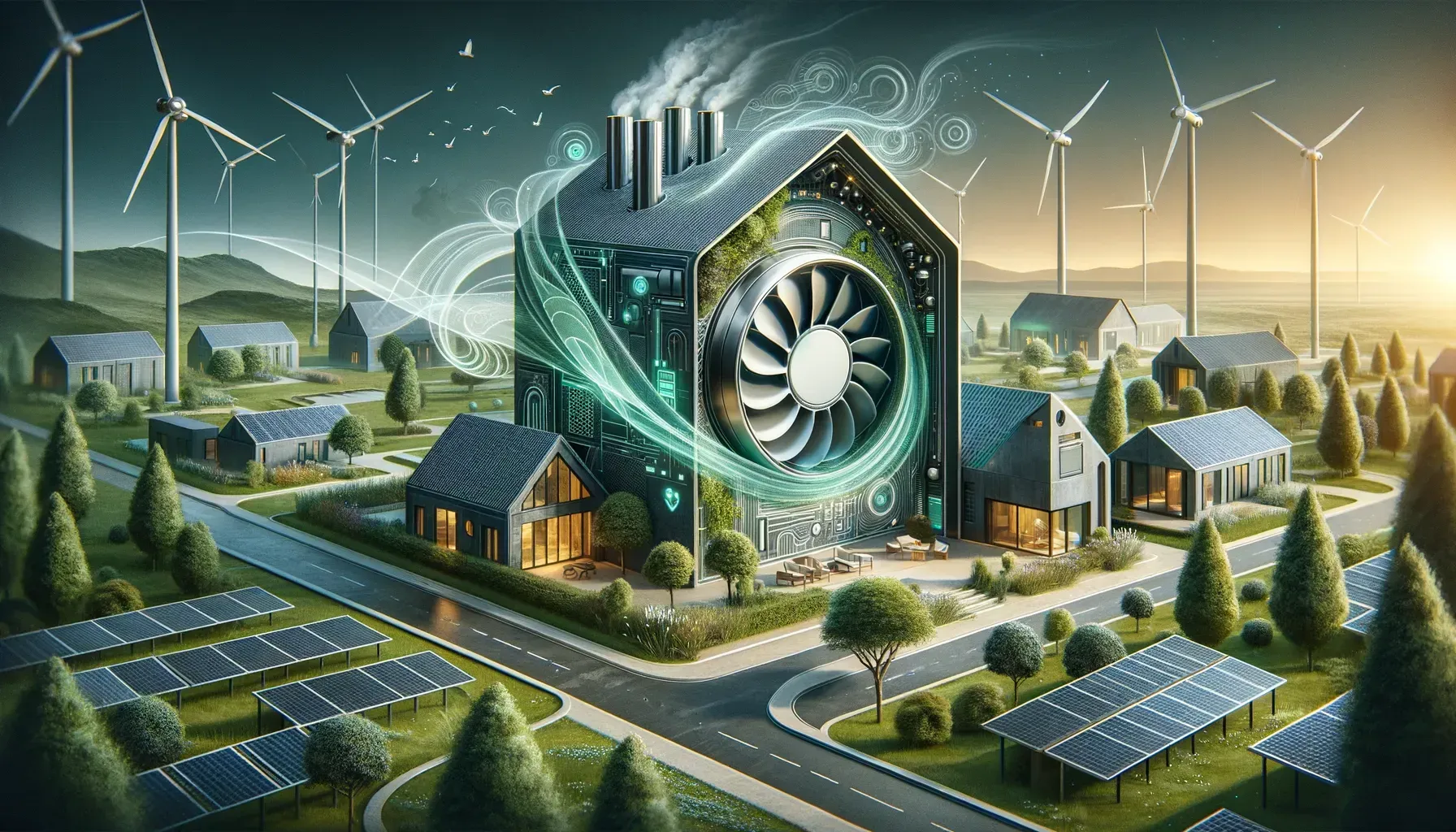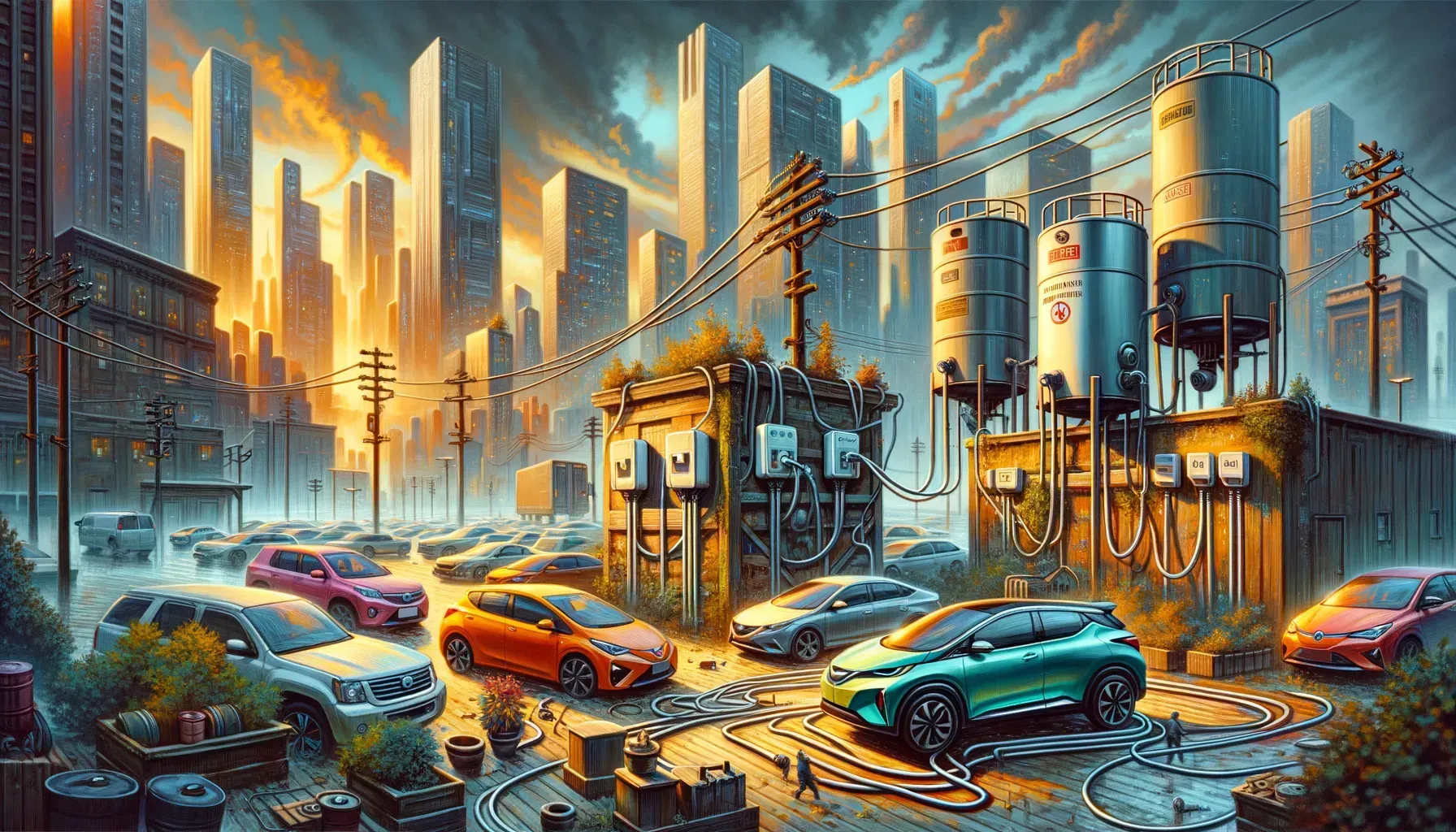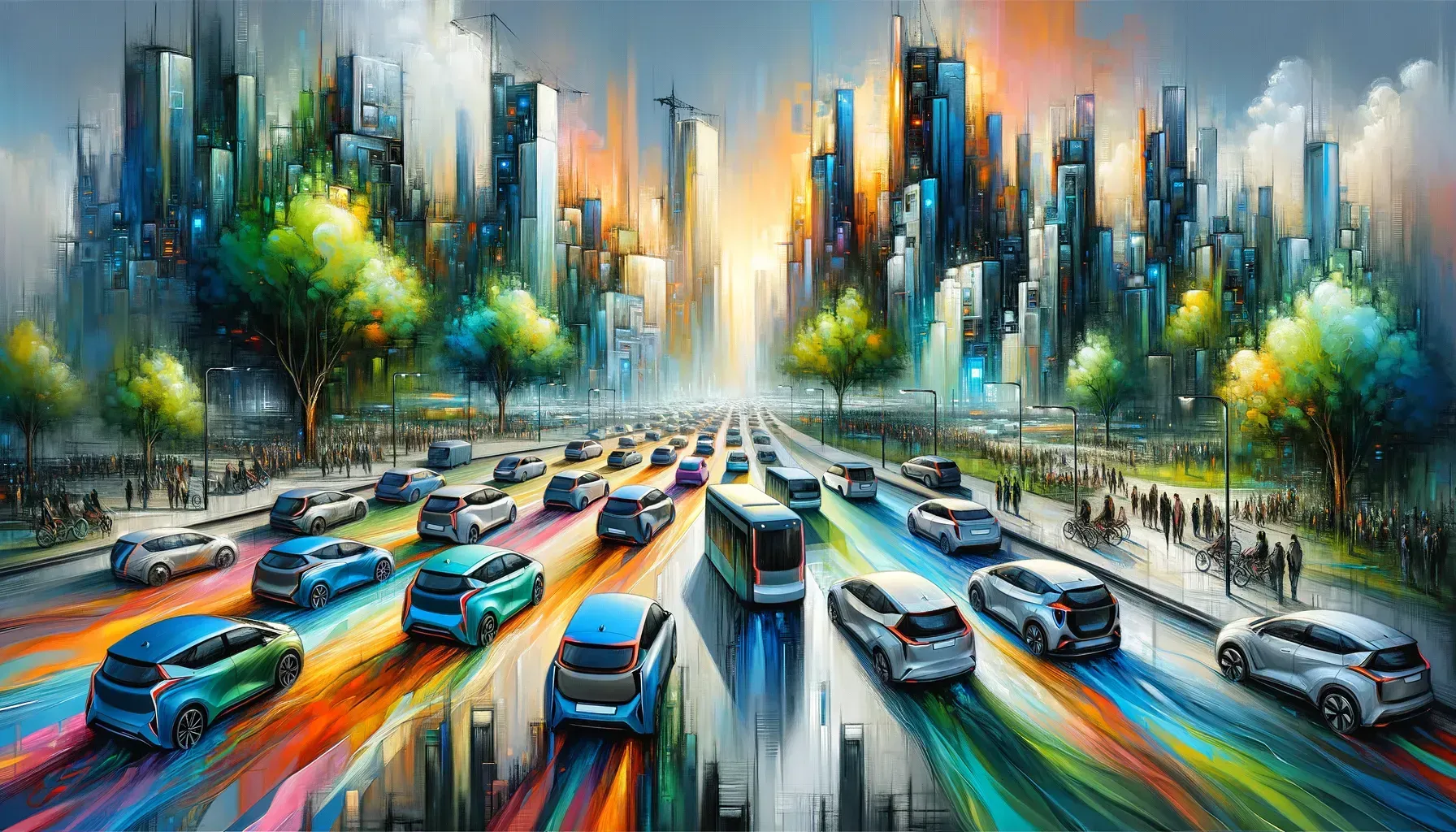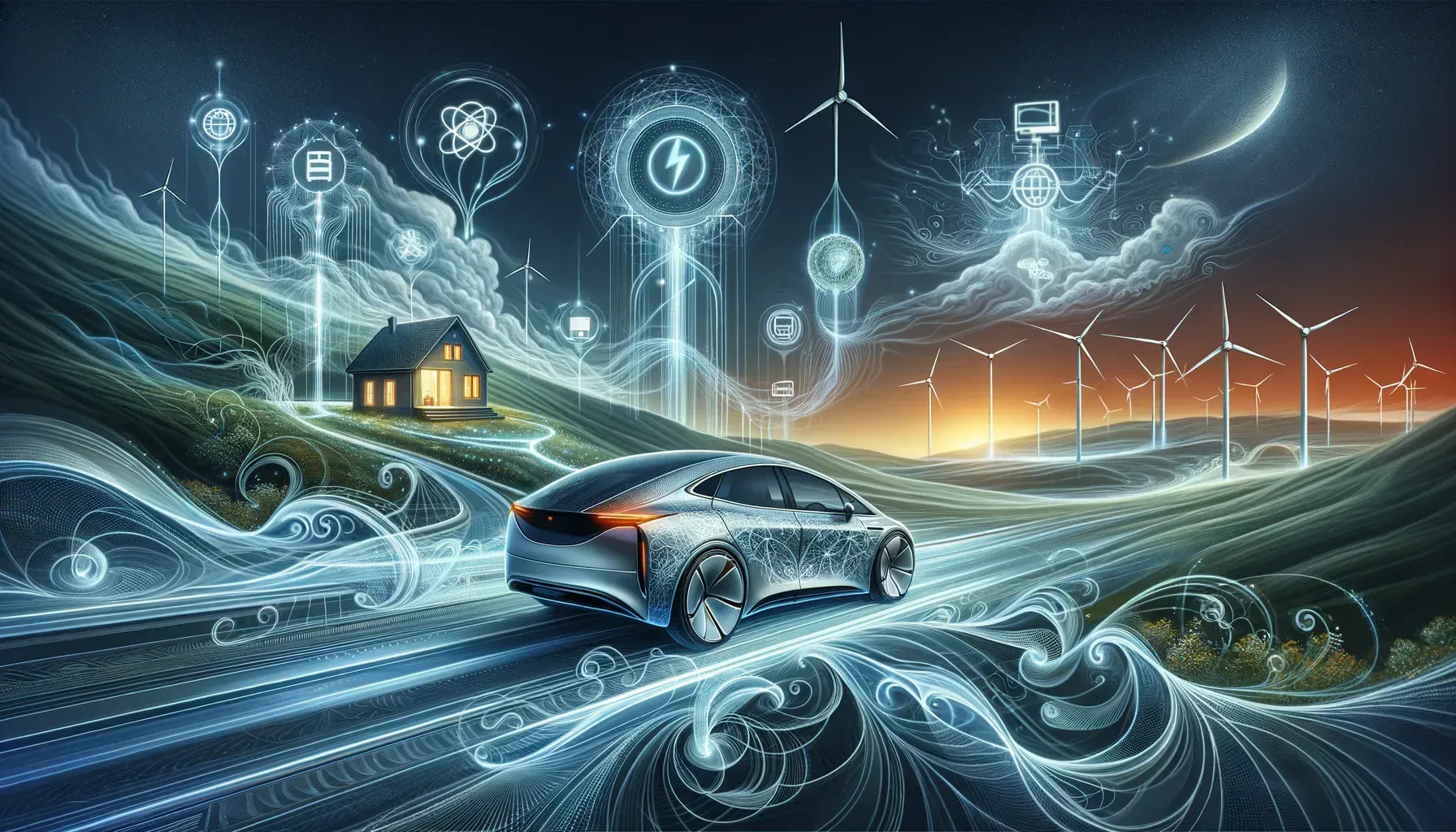Outrunning Range Anxiety: Why the Electric Car's Oldest Fear Is Almost Dead
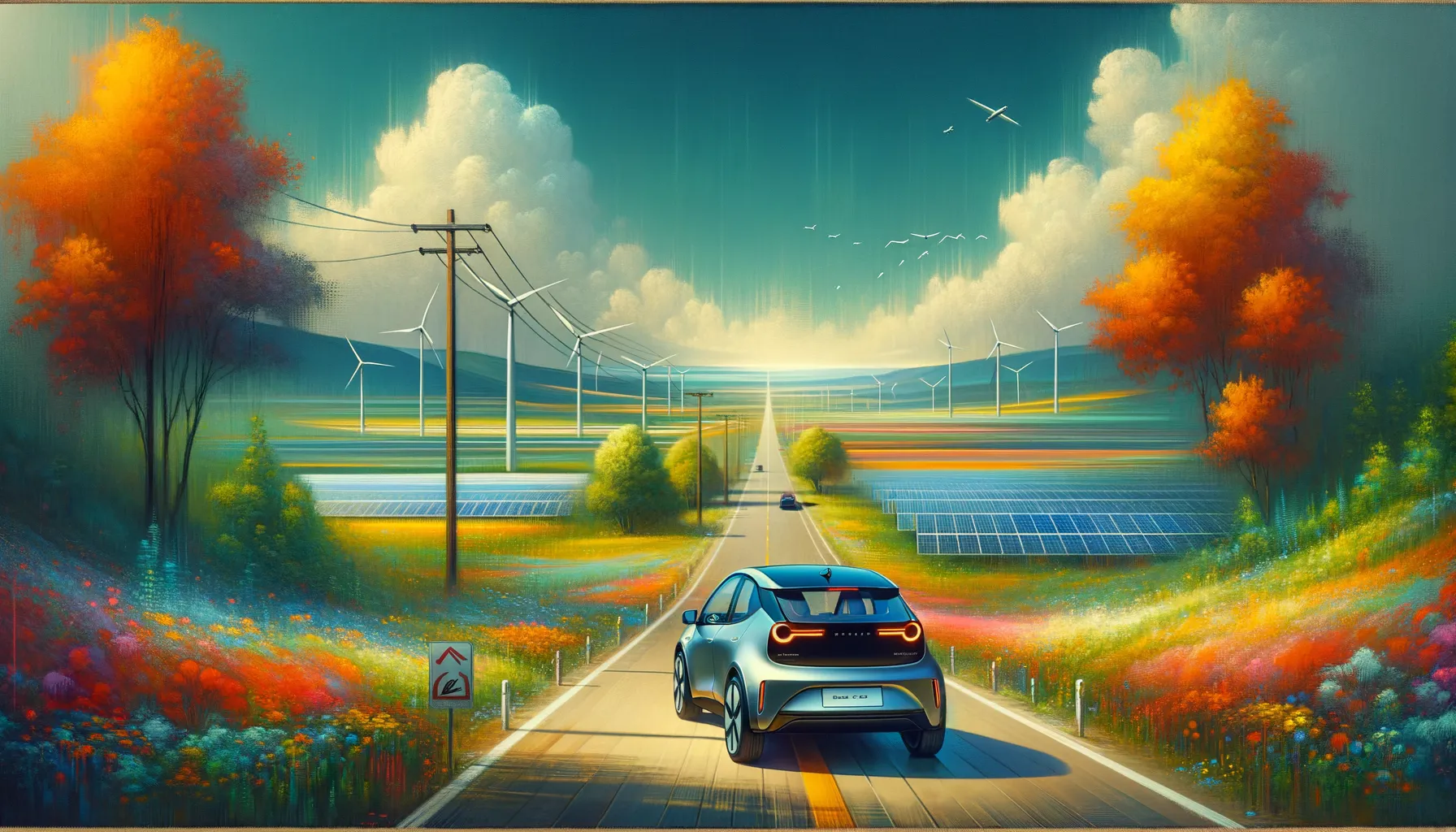
Several years ago, I found myself nervously scanning a desert highway’s horizon for a lonely gas station—my fuel gauge hovering near empty. That feeling? That’s the heart of ‘range anxiety,’ and until recently, EV drivers have lived it daily. But while the headlines still love tales of stranded Teslas, the reality under the hood is changing faster than most realize. Today’s blog dives into the history, psychology, and the breakthrough tech poised to finally silence this lingering automotive fear.
From Horsepower to Kilowatts: The Real Roots of Range Anxiety
The story of EV range anxiety causes is not unique to electric vehicles. More than a century ago, early drivers of gasoline-powered cars faced similar fears about running out of fuel far from the nearest filling station. As Nikesh Kooverjee notes, “ Range anxiety is just history repeating itself, only the fuel has changed. ” The transition from horsepower to kilowatts has simply shifted the focus of these anxieties, but the underlying concerns remain familiar.
The term range anxiety first entered the automotive lexicon in 1997, thanks to journalist Richard Acello’s coverage of the GM EV1 project for the San Diego Business Journal. The GM EV1, a pioneering electric vehicle, offered a 142-mile range from its 26.4-kWh nickel-metal hydride battery. While this range was enough for most daily commutes, it fell short of the distances drivers expected from internal combustion engine (ICE) vehicles, especially for long trips. This gap between expectation and reality planted the seeds of skepticism that still influence perceptions of electric vehicles today.
Early electric vehicle models like the Mitsubishi i-MiEV and Mercedes-Benz B250e reinforced these doubts. Both offered ranges just over 100 miles per charge, with charging times that could stretch for hours. These limitations made EVs seem suitable only for short city commutes, echoing the early days of gasoline cars, when drivers worried about finding fuel on longer journeys. The modest vehicle driving range and slow charging established a narrative that electric vehicles were not ready for mainstream use.
The roots of range anxiety are thus twofold: part real limitation, part inherited fear from transitioning technology. On one hand, early battery-powered electric vehicles did have genuine constraints—limited range and slow charging infrastructure. On the other, these practical issues were magnified by psychological factors and historical memory. The fear of being stranded without energy is deeply ingrained, and the switch from the familiar world of gasoline to the new world of kilowatts only heightened this anxiety.
- GM EV1 (1997): 142-mile range, 26.4-kWh battery
- Mitsubishi i-MiEV: Just over 100 miles per charge
- Mercedes-Benz B250e: Just over 100 miles per charge
These early figures set the tone for public perception. The combination of modest range and lengthy charging times led many to view electric vehicles as impractical for anything beyond short, urban trips. This skepticism was not unlike the doubts faced by early gasoline cars, whose owners also feared being stranded due to a lack of infrastructure.
As Kooverjee’s article highlights, “ Range anxiety is just history repeating itself, only the fuel has changed. ” The psychological roots of range anxiety are as important as the technological ones. Even as modern electric vehicle models now offer ranges that rival or surpass many gasoline cars, the legacy of these early limitations continues to shape consumer attitudes. Understanding this history is key to addressing the persistent fears that still surround the adoption of electric vehicles.

Beneath the Dashboard: How Psychology Shapes the EV Experience
Range anxiety is not just a technical issue—it is deeply rooted in human psychology. Even as electric vehicles (EVs) achieve longer ranges and faster charging, the fear of running out of power persists. This psychological barrier is a major factor in EV adoption, often outweighing the actual capabilities of modern electric vehicles.
The origins of range anxiety date back to the earliest days of the automobile, when drivers worried about finding gasoline. Today, the same fear has shifted to battery levels. According to TopSpeed , the term “range anxiety” was first used in 1997 during the GM EV1 project, when early EVs offered limited range and slow charging. While technology has advanced, the mind’s instinctive need for control and certainty remains strong.
“The fear of being stranded is stronger than any data chart.”
— Forbes, as cited in TopSpeed
Perceived Risk vs. Real-World Performance
A key psychological factor in EV adoption is the tendency to overestimate risk. Many drivers become uneasy when their battery level drops below 50-60%, even though this often leaves them with hundreds of miles of range—far more than most daily driving needs. This reaction is not based on actual risk, but on the discomfort of losing a sense of control. The fear of being stranded, even if unlikely, can overshadow the facts.
- Lucid Air Grand Touring: 512 miles (EPA estimated)
- Chevrolet Silverado EV: 492 miles
- Rivian R1T Dual-Motor Max: 420 miles
- Rivian R1S Dual-Motor Max: 410 miles
- Tesla Model S: 402 miles
These modern EVs now offer ranges that rival or exceed many gasoline vehicles. Yet, as the article notes, psychological comfort often lags behind technological progress. Drivers remain anxious at battery levels that would easily cover several days of typical commuting.
The Universal Fear of Losing Control
The fear of loss of control is universal. For many, switching from gasoline to electric mobility means letting go of familiar routines and trusting new technology. This transition can trigger anxiety, especially when it comes to something as crucial as mobility. The Science Behind EV Range Anxiety article highlights how this fear is not always rational—drivers may worry even when the risk of running out of charge is extremely low.
Consumer psychology, including the desire for certainty and the tendency to focus on worst-case scenarios, heavily influences EV adoption rates. Even as EV driving ranges improve, these psychological factors continue to shape public perception and decision-making.
Bridging the Gap Between Mind and Machine
Automakers are addressing these psychological barriers alongside technical ones. Advanced navigation systems, real-time charging station locators, and transparent range estimates are designed to reassure drivers and restore a sense of control. However, as the article suggests, “range anxiety is as much about the mind as the machine.” Until psychological comfort catches up with technological reality, range anxiety will remain a key consideration in the EV experience.
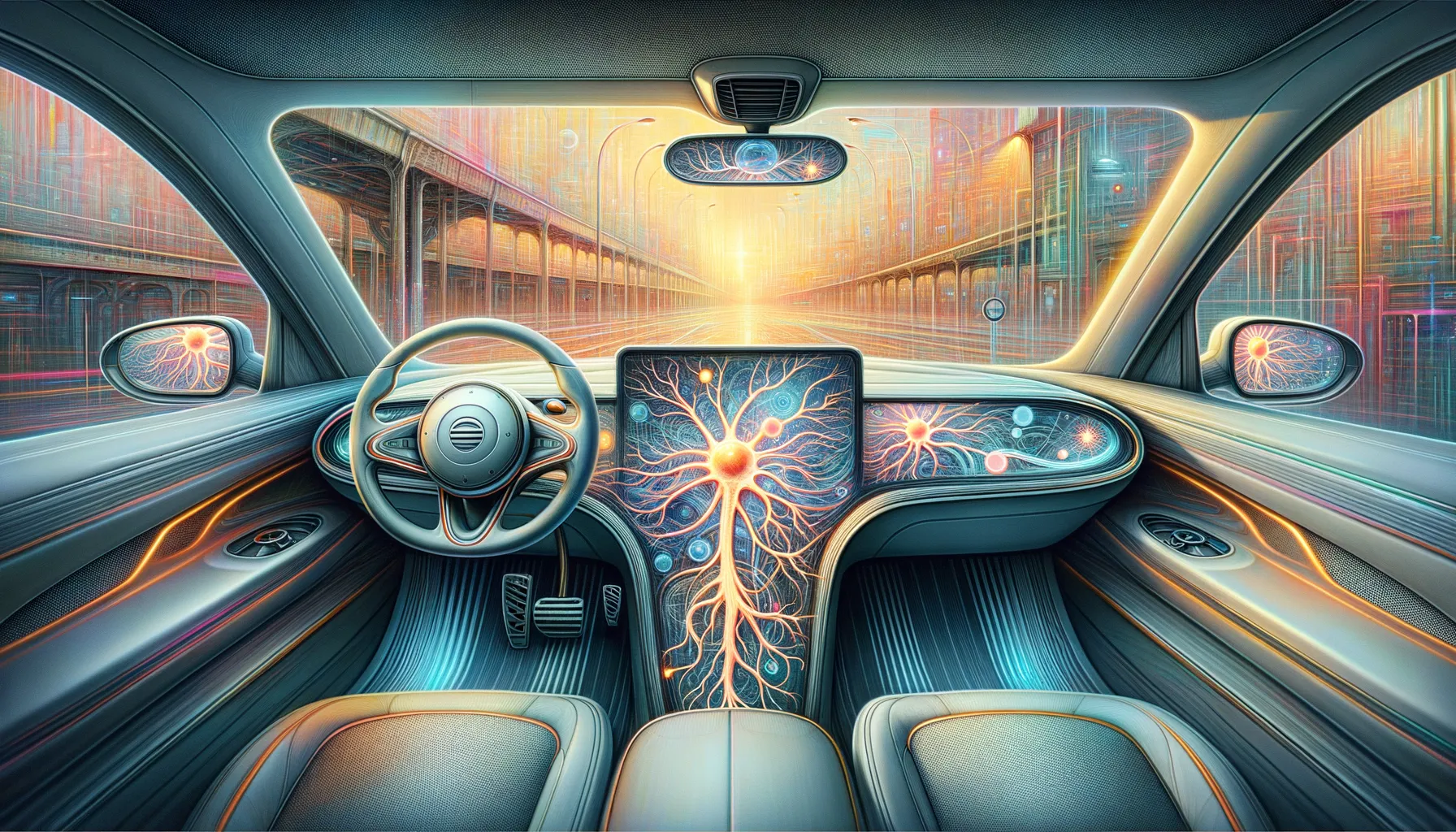
Charging Into the Future: Battery Tech and the War on Range Anxiety
For years, the fear of running out of battery—known as range anxiety—has been a major hurdle for electric vehicles (EVs). While early models like the GM EV1 and Mitsubishi i-MiEV offered limited range and slow charging, today’s battery technology advancements are changing the landscape. The dominance of lithium-ion batteries is giving way to a new wave of innovation, with solid-state batteries at the center of industry excitement.
Lithium-Ion’s Reign and the Rise of Solid-State Batteries
Lithium-ion batteries have powered the EV revolution so far, offering improved capacity and durability over older chemistries. However, the next leap is already on the horizon. Hyundai is set to begin production of solid-state batteries within the next month, signaling a major shift in battery technology. Although these batteries are not expected in consumer vehicles for another five years, their arrival marks a significant milestone.
Solid-state batteries promise several key advantages over lithium-ion:
- Higher energy density —meaning more miles per charge
- Faster charging times
- Improved safety and reliability
- Longer lifespan
As TopSpeed notes,
'Solid-state batteries are the bridge to mainstream electric vehicle adoption.'
Solid-State Battery Comparison: Who’s Leading the Charge?
Automakers are racing to unlock the potential of solid-state batteries. Toyota is aiming to deliver a battery with a remarkable 745-mile range by the end of the decade—a figure that could fundamentally change how drivers view EVs. Mercedes-Benz, in partnership with Factorial Energy, is targeting batteries with an energy capacity of 450 Wh/kg by 2030. Meanwhile, BMW’s Neue Klasse platform will introduce Gen6 batteries designed to cut the vehicle lifecycle’s carbon footprint by 40% by 2030.
Chinese innovators are also making headlines. Zeekr’s rapid-charging batteries can reach 80% in just over 10 minutes, while CATL’s Shenxing Plus battery adds 350 miles of range in the same time. These charging time innovations are crucial for reducing range anxiety and making electric vehicles more practical for daily life and long-distance travel.
Charging Infrastructure Improvements and Policy Momentum
Battery technology advancements are only part of the solution. Expanding and improving charging networks is just as important. Real-time apps and navigation tools now help drivers locate available charging stations, plan efficient routes, and monitor battery levels. This digital support, combined with faster charging hardware, is making EV ownership more convenient than ever.
Policy is also playing a vital role. The European Union has committed €1.8 billion to secure raw materials for battery production, supporting companies like ACC (a joint venture between Stellantis, Mercedes, and TotalEnergies). The EU’s ambitious goal: zero emissions from new cars and vans by 2035. This policy momentum is accelerating investment in battery supply chains and charging infrastructure across the globe.
Looking Ahead: The Decade of Battery Innovation
While solid-state batteries offer a clear path forward, challenges remain. High costs and complex manufacturing processes mean mainstream adoption may take another decade. However, the combined efforts of Hyundai, Toyota, Mercedes-Benz, BMW, Zeekr, CATL, and strong policy support are rapidly closing the gap between electric and gasoline vehicles. Battery innovation isn’t just about more miles—it’s reshaping the entire conversation around electric mobility and charging infrastructure improvements.
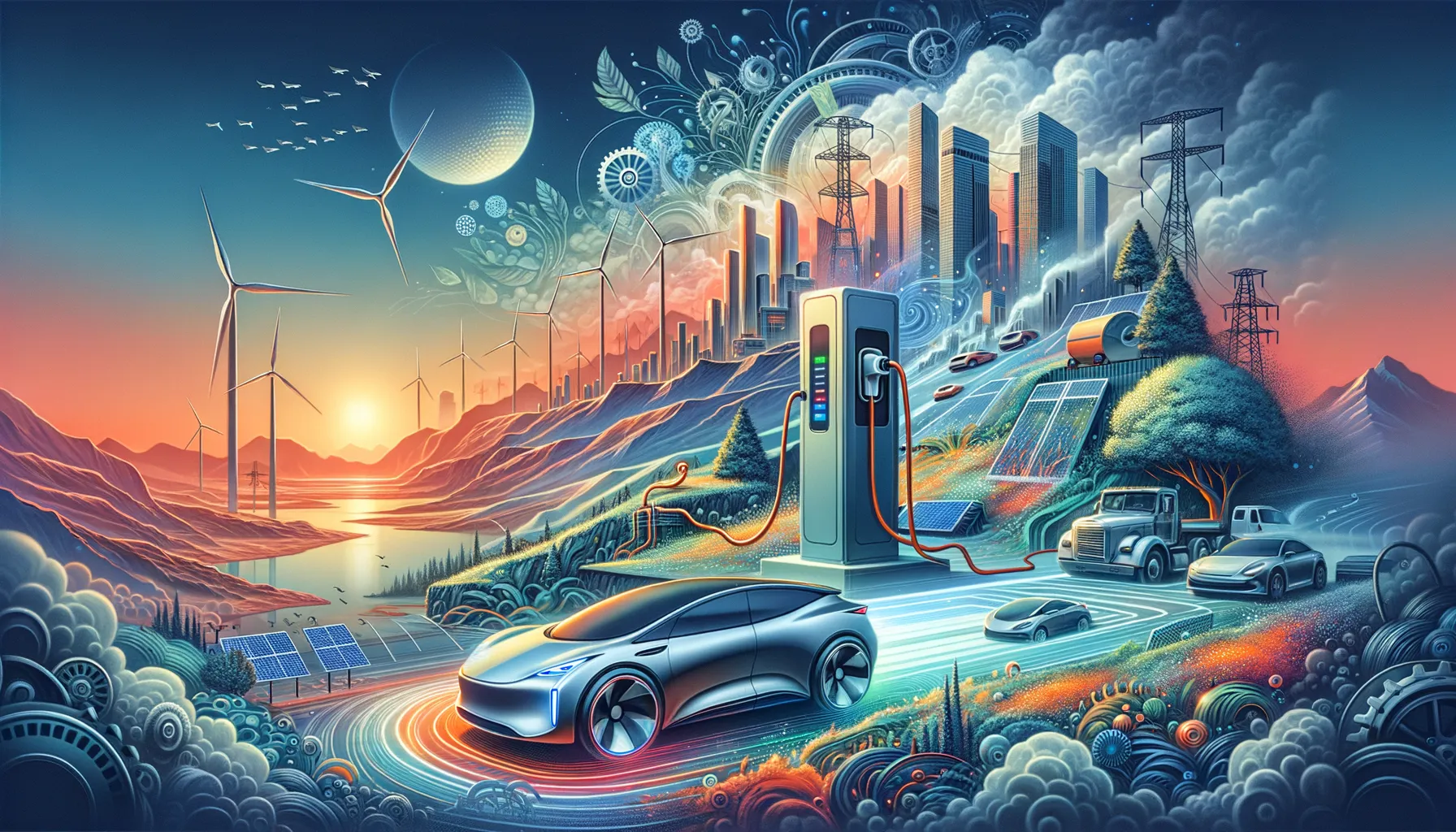
Wild Cards and What-Ifs: Unlikely Scenarios & the EV Road Ahead
Imagine a future where the idea of a “dead battery” is as outdated as dial-up internet. Two-minute wireless charging in your driveway, battery swapping stations on every corner, and fast charging networks stretching from coast to coast—these once far-fetched scenarios are quickly becoming part of the electric vehicle (EV) conversation. As charging infrastructure improvements accelerate and new range anxiety solutions emerge, the very concept of running out of power may soon feel like a relic of the past.
Consider the anecdote of a friend who mapped out an EV road trip across the United States, relying solely on fast-charging networks. By the second day, the initial worry about range had faded, replaced by a new sense of confidence and even enjoyment. The downtime at roadside cafés while charging became a welcome break, not a burden. This shift in mindset highlights how diversified charging solutions—like wireless charging and battery swapping stations—are not just technical upgrades, but lifestyle enhancements that can redefine the EV experience.
Globally, wireless charging technology is already being tested in select cities, allowing drivers to top up their batteries simply by parking over a charging pad. Battery swapping stations, pioneered in parts of Asia and Europe, promise a future where a depleted battery can be exchanged for a full one in minutes. These innovations, paired with the rapid expansion of fast charging networks—even in remote regions—suggest a world where “range anxiety” is replaced by “charging freedom.” Instead of worrying about running out of charge, drivers might soon look forward to the flexibility and convenience of charging wherever and whenever they choose.
However, the road to widespread EV adoption is not just paved with technology. As Nikesh Kooverjee notes,
'The next automotive revolution won't just be under the hood—it'll be in our heads.'The last barrier may well be psychological: the human tendency to cling to the familiar comfort of gasoline vehicles, even as new EV adoption factors make electric cars more practical and appealing. Policy shifts, such as the European Union’s ambitious emissions targets and investments in charging infrastructure, are helping to nudge consumer attitudes forward. Yet, nostalgia and habit remain powerful forces.
Trivia from the latest research hints that battery swapping and wireless charging could soon be as common as today’s gas stations. As these technologies mature and become more accessible, the fear of being stranded will likely give way to a new kind of confidence. What if, instead of dreading low battery warnings, drivers begin to enjoy the freedom that comes with a robust, user-friendly charging ecosystem? The transition from range anxiety to charging freedom may be closer than most realize.
In conclusion, while range anxiety once loomed large over the future of electric vehicles, it is now on the verge of becoming a historical footnote. Charging infrastructure improvements, fast charging networks, and innovative solutions like wireless charging and battery swapping stations are rapidly changing the landscape. Ultimately, the final hurdle may not be technological, but psychological—a shift in perception that will define the next era of EV adoption. As the industry continues to evolve, the question is no longer if range anxiety will disappear, but when—and how quickly drivers will embrace the new possibilities of electric mobility.
TL;DR: Range anxiety has historical roots and real psychological weight, but innovations in batteries, charging infrastructure, and smarter driving tools are rapidly making it obsolete for modern EVs.
